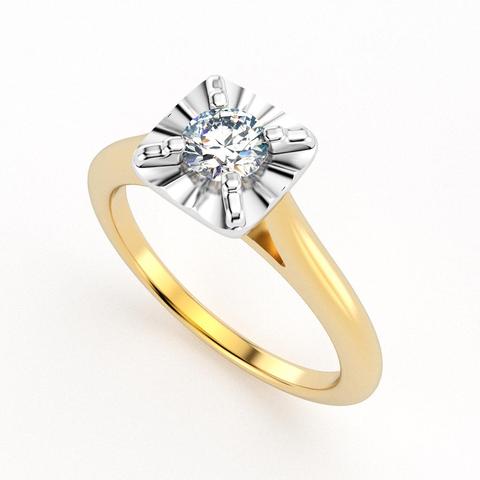
Search Products
Diamond Setting
Diamonds are forever! Before buying your forever Diamond Ring, you must know important aspects of diamond jewelry, the most important feature being its setting. The Setting Type refers to the metal base that holds a gemstone or diamond in place. Each setting style is created to enhance both, the beauty of the stones and the brilliance of a jewelry piece. If you're wondering what is the best type of setting for you, we've detailed out some of the most common and widely used setting types.
Thus, given below are some types of settings that will help you know settings better, before you buy your diamond jewelry.
Prong Setting
One of the most popular setting styles for diamonds, It basically protects and holds the diamond. Prongs are mainly four cornered but can go up to five to six if the design demands. A prong jewelry setting shows off the entire diamond, and allows a large amount of light to enter the stone for a dazzling effect. This setting plays a vital role in making the ring strong and durable.
The prong setting is used predominantly in engagement rings, but many other pieces that showcase gorgeous diamonds also incorporate it.
Bezel Setting
The Bezel setting is one of the first techniques used to attach gemstones to jewelry. In Complete Bezel setting the stone is covered fully giving it a sophisticated touch. However, a Half Bezel setting diamond is partly surrounded by the metal which gives the ring a modern aspect. Diamond when teamed with white gold for a bezel setting, makes the diamond appear bigger.
A bezel setting is one of the most secure ways to set a diamond, keeping it safely in place, and guarding it against sharp knocks that could cause small chips in a diamonds exterior.
Channel Setting
Channel settings are commonly used in both the band of a ring, and in earrings. Channel setting, as the name suggests, is a channel; this channel is a two sided metal channel between which gemstones are lined up in a uniform pattern. Channel setting is the most secure setting which protects the gemstones with a sleek finish. It also makes the ring free from getting caught up in the hair or clothing. The channel jewelry setting is very popular in wedding rings, where it highlights the center stone.
Bar Setting
Similar to the channel setting, the Bar setting has parallel bars holding the solitaire firmly between them. While other parts of the solitaire remain unhidden, the ring appears to be delicate but is indeed strong and stout.Many people love this look as the metal contrasts and separate each diamond.
Pave Setting
The word comes from the French word ‘pave’ (pronounced as ‘pa vay'). The pave setting is most often used in ring bands, but can also be found on earrings and pendants.In a pave setting the surface of a jewelry item appears to be covered with tiny diamonds.The use of multiple stones in pave setting forms an illusion of bigger jewelry.

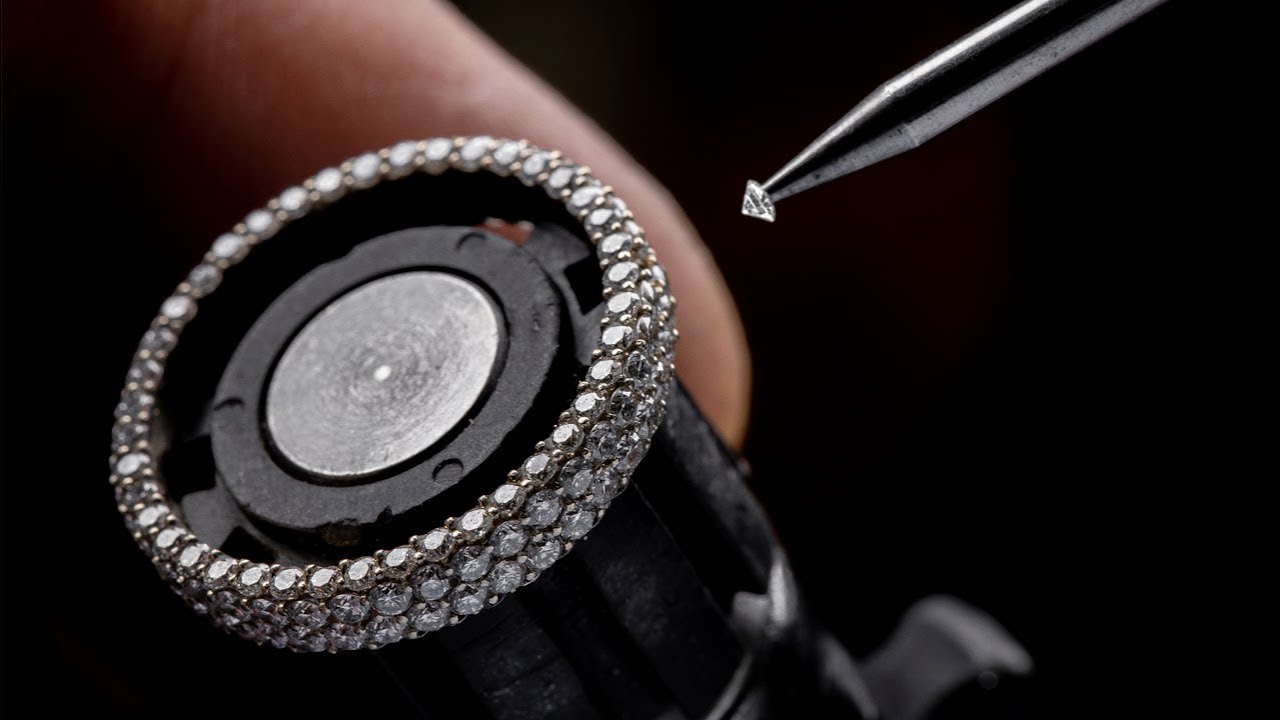
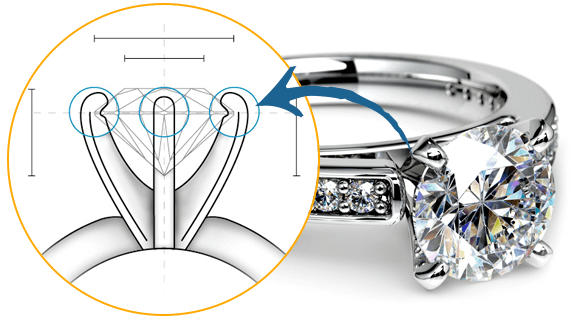
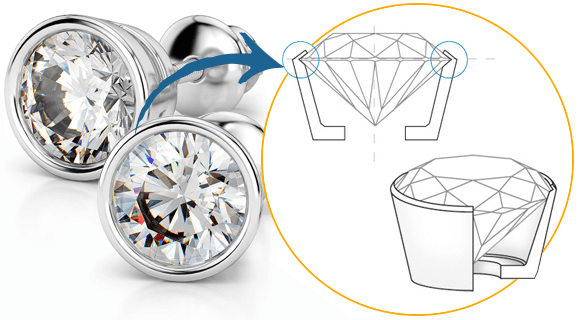
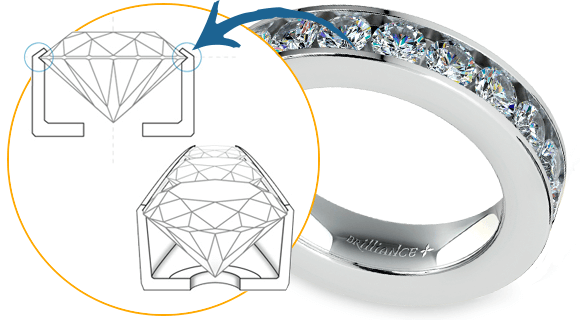
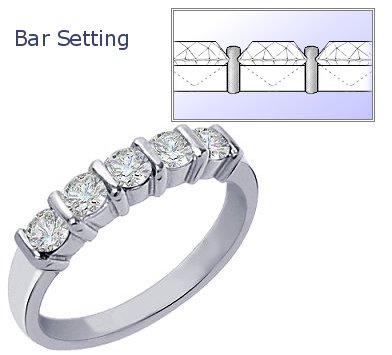
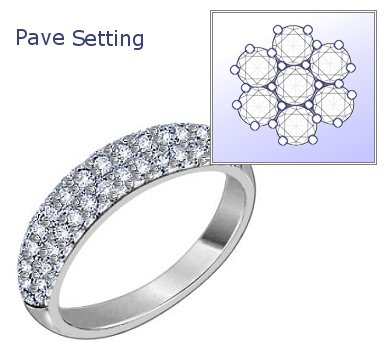
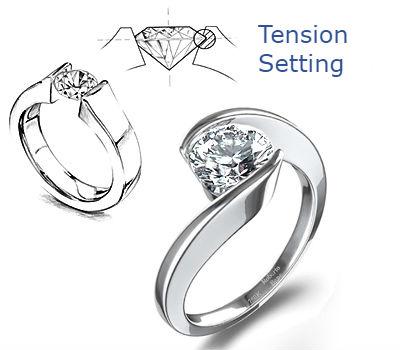
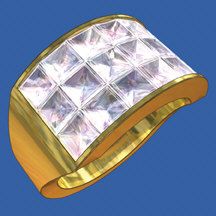
.jpg)
